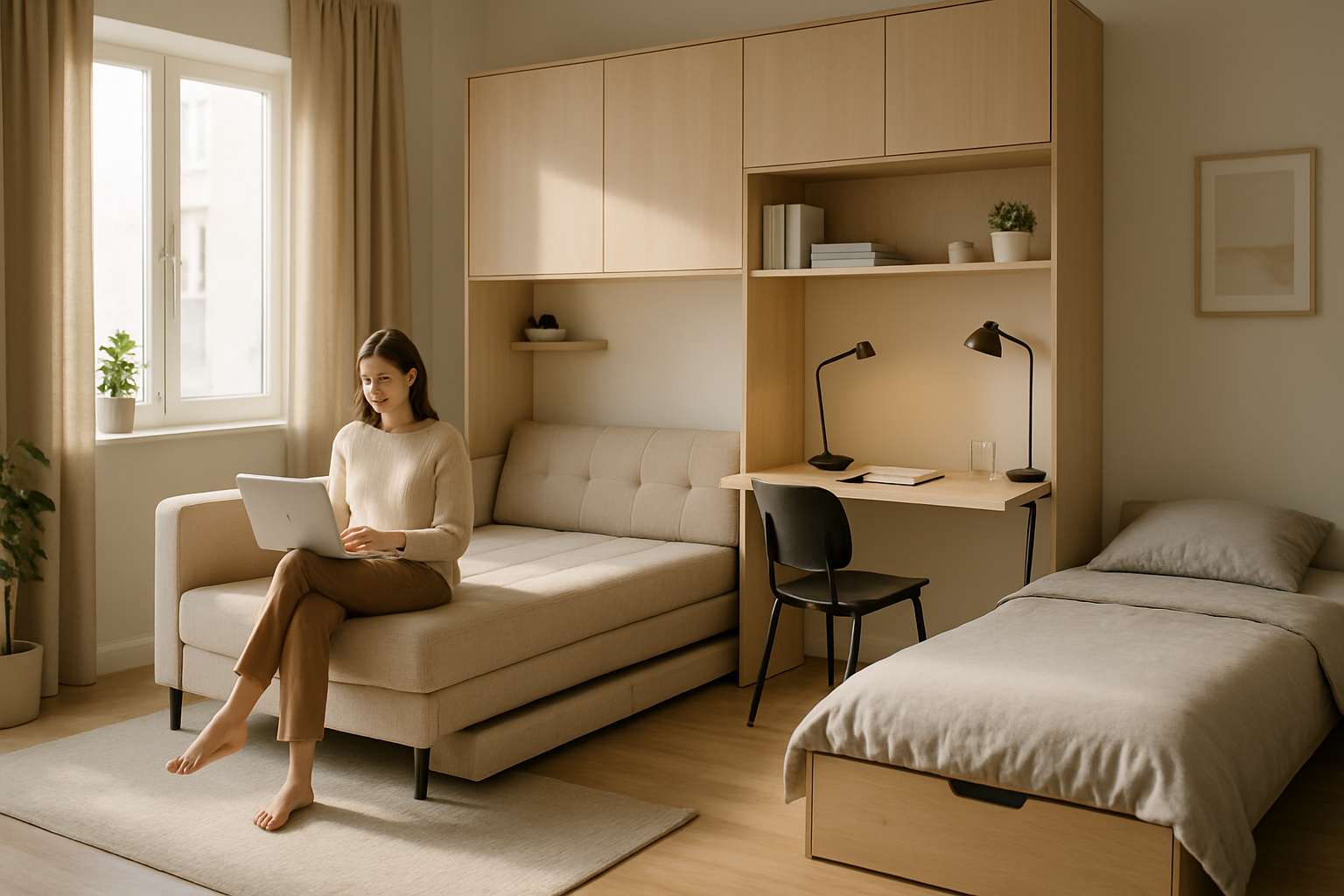Acoustic Paneling: The Silent Revolution in Home Design
Modern homes are embracing a new trend that's as much about function as it is about form. Acoustic paneling, once relegated to recording studios and concert halls, is making its way into living rooms, bedrooms, and even kitchens. This innovative approach to interior design is transforming the way we experience our living spaces, offering a perfect blend of style and sound management.

The Science Behind the Silence
Acoustic panels are specially designed materials that absorb sound waves, reducing echo and reverberation in a space. Traditionally made from porous materials like foam, fiberglass, or recycled cotton, these panels work by converting sound energy into heat through friction. As sound waves hit the panel, they’re trapped in the material’s fibers, diminishing their intensity and preventing them from bouncing back into the room.
Modern acoustic panels have evolved far beyond their utilitarian origins. Today’s options include sleek, fabric-covered panels, geometric wooden designs, and even customizable art pieces. This versatility allows homeowners to address acoustic issues without compromising on style, seamlessly integrating sound management into their interior design scheme.
From Noise Reduction to Aesthetic Elevation
The primary function of acoustic paneling is to improve sound quality within a space. In home theaters, they enhance the cinematic experience by reducing unwanted echoes. In open-plan living areas, they can help define separate zones acoustically, making conversations more intimate and enjoyable. But the benefits extend beyond just sound management.
Acoustic panels have become design elements in their own right. Designers are using them to create striking focal points, add texture to walls, and even as functional art pieces. From minimalist fabric-covered squares to intricate wooden lattices, these panels can complement any interior style, from contemporary to rustic.
The Psychological Impact of Sound Management
The effects of acoustic paneling go beyond the physical realm of sound waves and enter the psychological domain of human well-being. Studies have shown that improved acoustics can significantly reduce stress levels, enhance concentration, and promote overall comfort in living spaces.
In homes with young children or pets, acoustic panels can help create a more peaceful environment by dampening sudden noises and reducing overall sound levels. For those working from home, these panels can transform a noisy corner into a productive workspace, enhancing focus and reducing fatigue caused by constant background noise.
Customization and Creativity
One of the most exciting aspects of the acoustic paneling trend is the level of customization available. Homeowners can now choose from a wide range of colors, textures, and patterns to match their existing décor or create a bold new look. Some companies even offer the option to print custom images or patterns on acoustic panels, turning them into personalized art pieces.
DIY enthusiasts have also embraced this trend, creating their own acoustic panels using readily available materials. From fabric-wrapped foam boards to repurposed wood pallets, the possibilities for creative sound management are endless. This DIY approach not only allows for unique designs but also makes acoustic improvements more accessible and affordable for many homeowners.
Sustainable Sound Solutions
As with many aspects of modern home design, sustainability is becoming increasingly important in acoustic paneling. Manufacturers are responding to this demand by developing eco-friendly options made from recycled materials, sustainable wood, and even plant-based fibers.
Some innovative companies are even exploring the use of agricultural waste products, such as rice husks or coconut fibers, to create effective and environmentally friendly acoustic panels. These sustainable options not only help manage sound but also contribute to reducing waste and promoting a circular economy.
The Future of Acoustic Design
As our homes continue to evolve into multi-functional spaces for work, play, and relaxation, the importance of acoustic design is only set to grow. We’re likely to see more integrated solutions, where acoustic properties are built into furniture, wall coverings, and even structural elements of buildings.
Smart home technology is also beginning to intersect with acoustic design. Imagine panels that can adjust their sound absorption properties based on the activity in the room, or systems that use active noise cancellation to create personalized sound environments within shared spaces.
The acoustic paneling trend represents a fascinating convergence of technology, design, and well-being. It’s a testament to how our understanding of living spaces is evolving, recognizing that a truly comfortable home appeals to all our senses. As we continue to seek balance and harmony in our living environments, acoustic paneling stands out as a solution that’s both beautiful and functional – a true silent revolution in home design.





